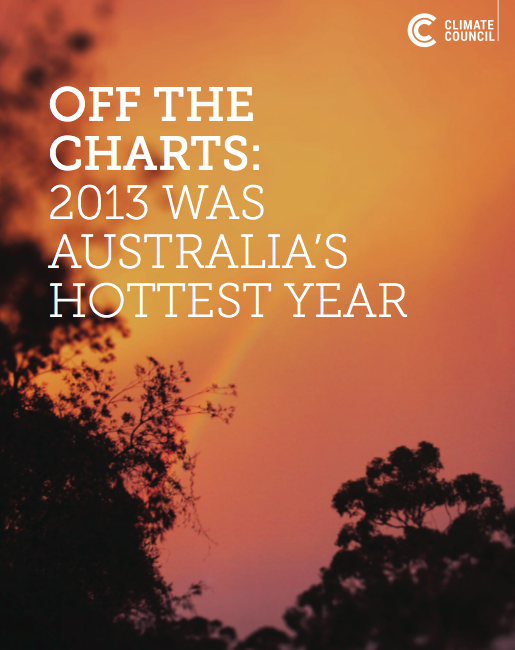2013 was a remarkable year for hot weather in Australia, seting the record for the hottest year since records began in 1910. Other records broken include the hottest summer, warmest spring, hottest summer day and warmest winter day.
No part of Australia was spared the heat. For all states and the Northern Territory, 2013 ranked within the four hottest years they had experienced.
Australia’s record hot year is part of a global, longer-term trend. Over the past century, the Earth’s climate has warmed and continues to warm.
More record hot weather is occurring around the planet. The increasing atmospheric concentrations of greenhouse gases caused by human activities are the primary cause of the warming. Stabilising the climate requires urgent and deep reductions in greenhouse gas emissions, especially those of carbon dioxide that result from burning fossil fuels.
Key Facts
- 2013 was Australia’s hottest year on record, easily breaking earlier records set in 2005 and 1998.
- Many temperature records – on monthly and daily timeframes, and in all seasons – were set across the continent.
- The record-breaking year extends the long-term trend in Australia and across the globe of rising air and sea temperatures, loss of ice, and worsening extreme weather as the climate continues to warm.
- Stabilising the climate requires urgent and deep reductions in the emissions of carbon dioxide and other greenhouse gases.
